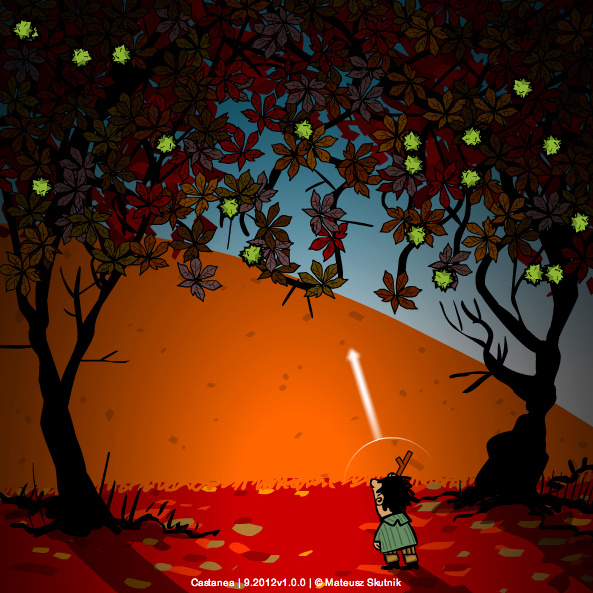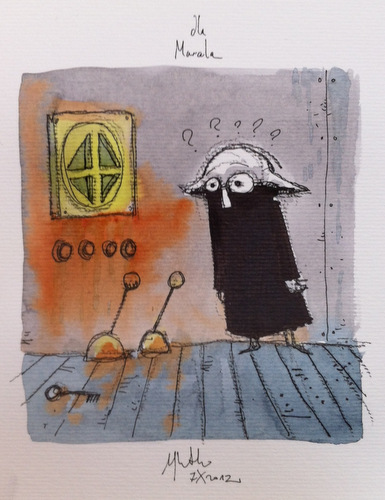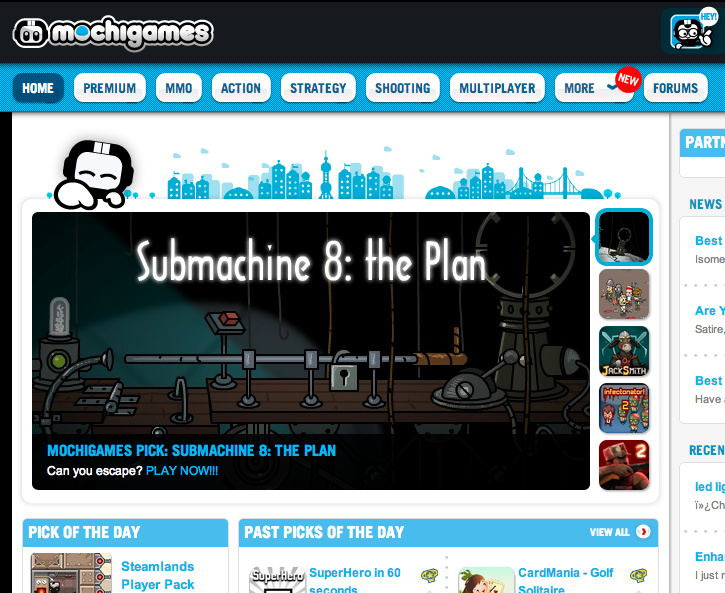Submachine 8 review – esensja
September 27, 2012
Misterny Plan
Mocno wyczekiwany „The Plan” – ósma już część (nie licząc odprysków) cyklu „Submachine” Mateusza Skutnika (Pastel Games) – jest! Czy warto było czekać? Ba!
Cykl „Submachine” jest sztandarowym produktem firmy Pastel Games. Po pierwsze, sprawiło, że nazwisko Mateusza Skutnika (autora gier flashowych, ale przecież także twórcę komiksów) stało się rozpoznawalne na całym świecie. Po wtóre, pozwoliło wypłynąć na szerokie wody także innych twórcom, jak choćby Karolowi Konwerskiemu, który w Pastel Games odpowiada za scenariusze kilku równie wyczekiwanych i wysoko ocenianych cykli gier typu point and click / adventure.
Ósma odsłona nie wnosi wielkich – nomen omen – rewolucji. Otrzymujemy zestaw siedmiu światów, między którymi będziemy się przemieszczać w poszukiwaniu rozrzuconych to tu, to tam elementów przeróżnych układanek. Przykładowo: trzeba poruszyć dźwignią X, by otwarła się skrytka Y, w której schowano element Z, który jest potrzebny w lokacji… i tak dalej. Brzmi banalnie? Fabuła nie jest może specjalnie skomplikowana, ale tym, co „Submachine” wyróżnia spośród innych tego typu gier, jest specyficzny klimat. Począwszy od kolorystyki i tła muzycznego, poprzez tajemnicze karteczki-wiadomości znajdowane w trakcie wędrówek, po sam sposób przedstawiania światów i sposobu przemieszczania się pomiędzy nimi – dość powiedzieć, że grono fanów gry z całego świata na forach internetowych próbuje rozgryźć stojącą za wszystkim Tajemnicę.
Tym jednak, co odróżnia nieco „The Plan” od części poprzednich, jest możliwość jej zakupu – za całe dwa dolary (via PayPal) otrzymujemy wersję offline, fullscreen, HD wraz z pełną ścieżką muzyczną. Twórca gry deklaruje, że środki uzyskane z tego eksperymentu przeznaczone zostaną na rozwój kolejnej części, zapowiedzianej na rok 2013. Choć oczywiście nadal można grać za darmo, korzystając ze zwykłej przeglądarki z zainstalowaną wtyczką flash player, kupiłem – i nie żałuję.
autor: Wojciech Gołąbowski











